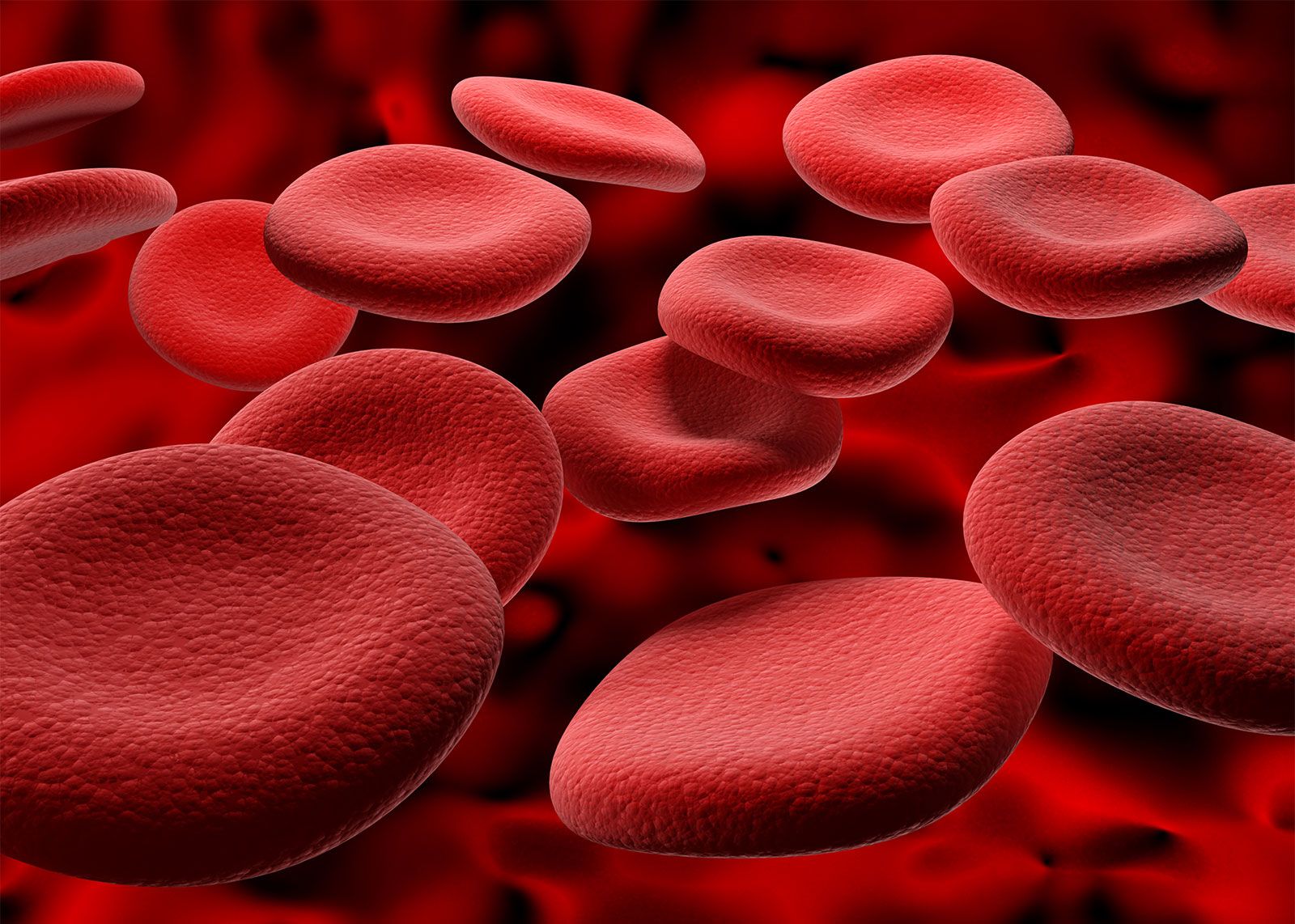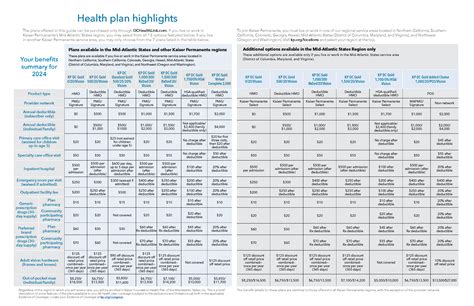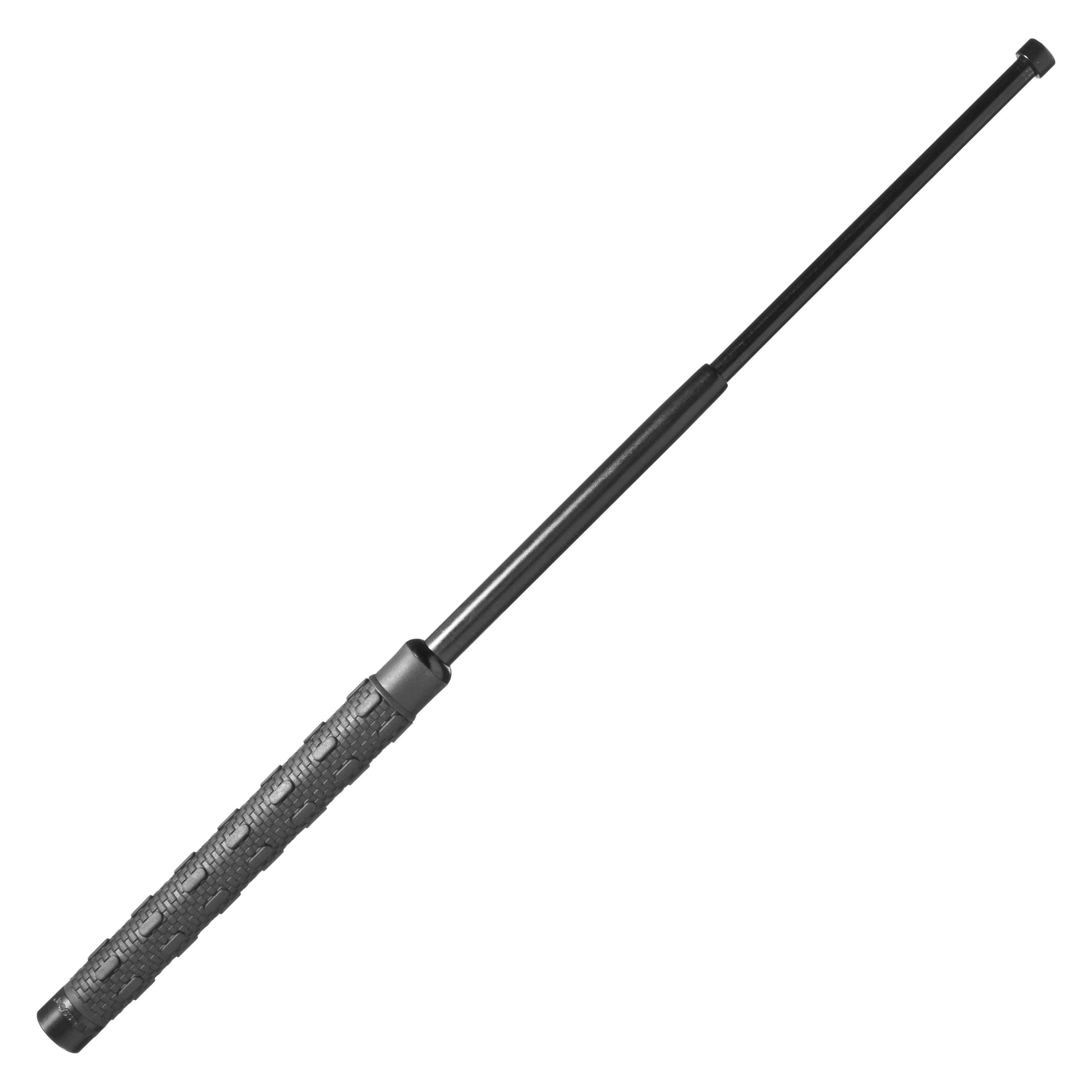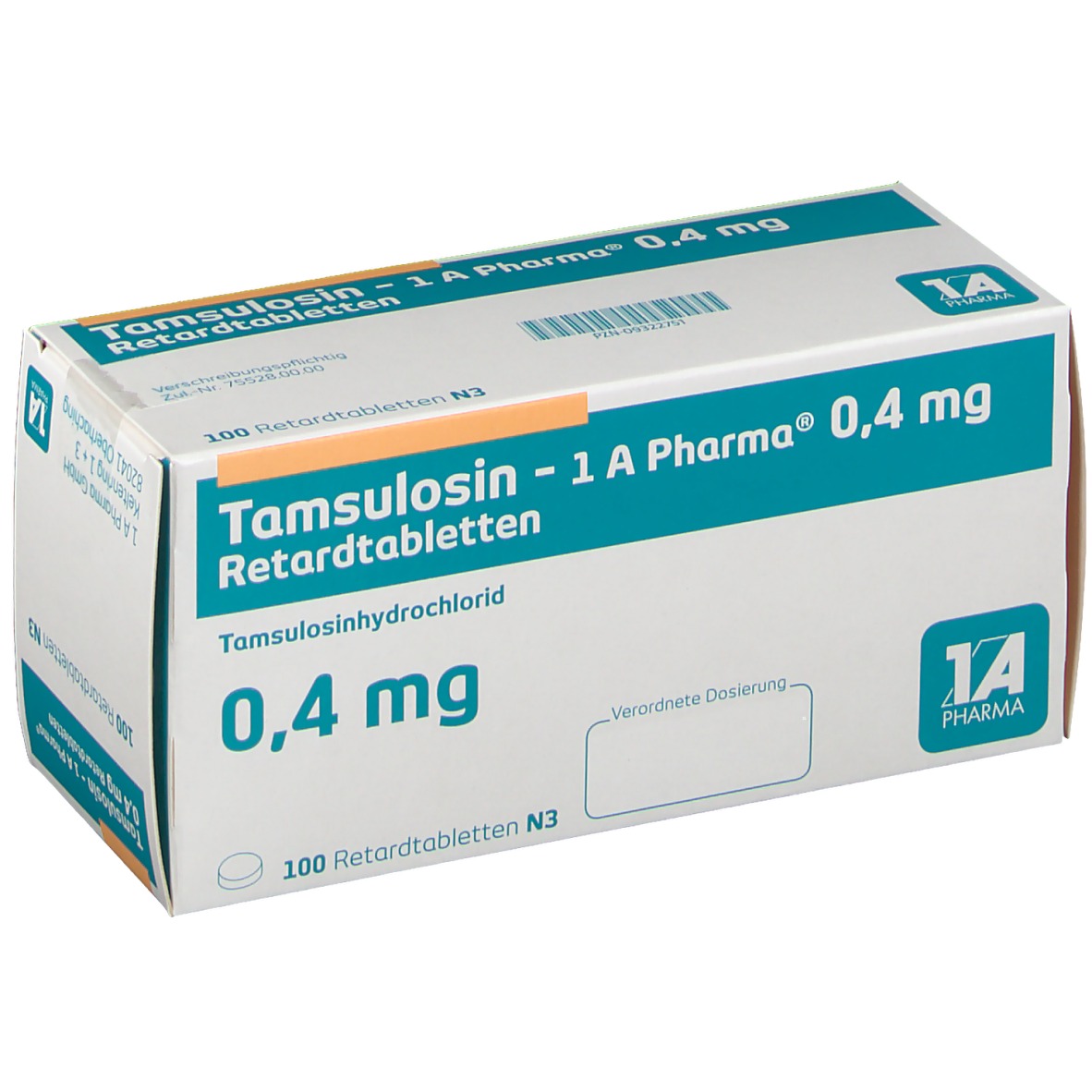Maintaining a blood pressure log is a valuable tool for individuals looking to monitor and manage their blood pressure effectively. High blood pressure, or hypertension, is a significant health concern that can lead to severe complications such as heart disease, stroke, and kidney disease if not properly managed. A blood pressure log sheet allows you to track your blood pressure readings over time, enabling you and your healthcare provider to identify patterns, make informed decisions about your health, and adjust your treatment plan as necessary.
Importance of Blood Pressure Monitoring
Regular monitoring of blood pressure is crucial for several reasons: - Early Detection and Prevention: It helps in the early detection of hypertension, allowing for timely intervention to prevent its complications. - Adjusting Medication: For individuals already on medication, tracking blood pressure helps in determining the effectiveness of the current treatment plan and whether any adjustments to medication or lifestyle are needed. - Lifestyle Modifications: Monitoring can highlight the impact of lifestyle changes, such as diet, exercise, or stress management, on blood pressure levels. - Identifying Patterns: It can reveal patterns or fluctuations in blood pressure that might indicate underlying health issues or the effects of certain factors like time of day, food consumption, or physical activity.
Creating an Effective Blood Pressure Log
An effective blood pressure log should be comprehensive, easy to use, and relevant to your specific needs. Here are some elements to consider including: - Date and Time: Recording the date and time of each reading is essential to track changes and patterns over time. - Blood Pressure Reading: Include the systolic and diastolic readings. The systolic pressure (the top number) indicates the pressure in the arteries as the heart beats and pumps blood, while the diastolic pressure (the bottom number) indicates the pressure in the arteries when the heart rests between beats. - Pulse Rate: Also known as heart rate, this is the number of times your heart beats per minute. - Any Symptoms: Note any symptoms you are experiencing at the time of the reading, such as dizziness, headaches, or shortness of breath. - Medications Taken: List any blood pressure medications taken, including the dosage and time taken. - Lifestyle Factors: Include notes about lifestyle factors that could affect your blood pressure, such as food consumed, physical activity, sleep quality, or stress levels. - Notes: A section for additional comments or concerns.
Sample Blood Pressure Log Template
Here’s a simple template you can use or modify according to your needs:
| Date | Time | Systolic | Diastolic | Pulse | Symptoms | Medications | Lifestyle Notes | Additional Comments |
|---|---|---|---|---|---|---|---|---|
| MM/DD/YYYY | HH:MM |
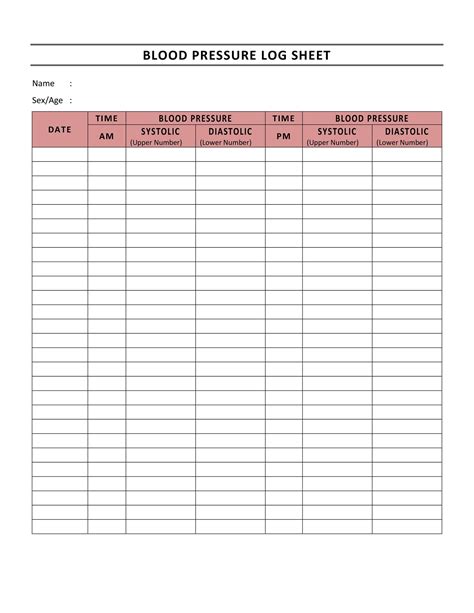
Tips for Accurate Blood Pressure Monitoring
- Use a Reliable Device: Invest in a good quality, clinically validated blood pressure monitor to ensure accurate readings.
- Follow Instructions: Always follow the manufacturer’s instructions for the proper use of your blood pressure monitor.
- Relaxed State: Take your blood pressure when you are in a relaxed state, avoiding caffeine, tobacco, and stress for at least 30 minutes beforehand.
- Multiple Readings: Take multiple readings at different times of the day to get a comprehensive view of your blood pressure levels.
- Healthcare Guidance: Consult with your healthcare provider to understand what your readings mean and how to adjust your lifestyle or treatment plan accordingly.
Frequently Asked Questions
How often should I check my blood pressure?
+The frequency of checking your blood pressure depends on your health status and your healthcare provider's recommendations. Generally, if you have hypertension, you may need to monitor your blood pressure daily or several times a week.
What are the normal blood pressure ranges?
+Normal blood pressure is typically defined as a systolic pressure less than 120 mmHg and a diastolic pressure less than 80 mmHg. However, these values can vary slightly depending on the source and specific health guidelines.
Can lifestyle changes help lower blood pressure?
+Yes, lifestyle changes such as regular physical activity, a balanced diet low in sodium, quitting smoking, reducing alcohol consumption, managing stress, and getting adequate sleep can significantly help in lowering and managing blood pressure.
Maintaining a blood pressure log sheet is a proactive step towards managing your health and working closely with your healthcare provider to achieve optimal blood pressure levels. By understanding the importance of blood pressure monitoring and how to effectively log your readings, you can take a significant step towards a healthier life.
